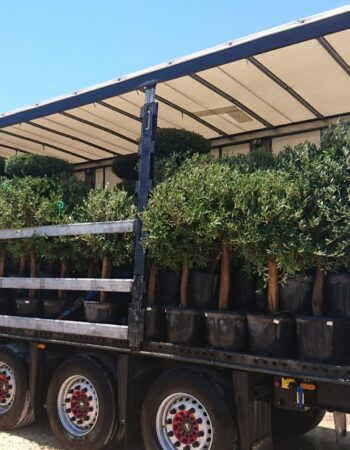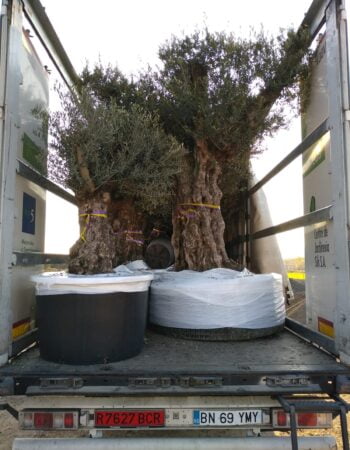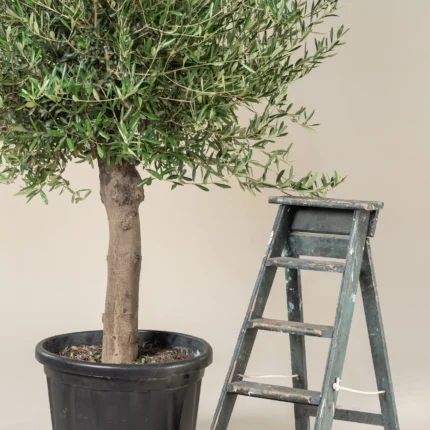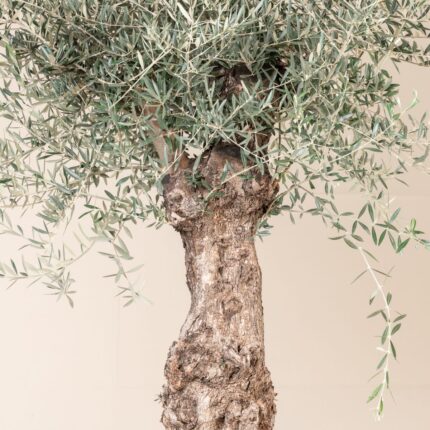Metrosidero
Metrosideros is a genus of flowering plants commonly known as the «rata» or «pohutukawa» in New Zealand and «bottlebrush» in other regions. This diverse genus includes trees, shrubs, and climbers that are native to the Pacific Islands, Australia, and New Zealand. Metrosideros species are celebrated for their vibrant, bottlebrush-like flowers and attractive foliage. These plants are commonly used for ornamental purposes in gardens and landscapes, and some species are also used in restoration projects and for erosion control.
- Botanical Name: Metrosideros
- Common Names: Rata, Pohutukawa, Bottlebrush (varies by species and region)
- Mature Height: Varies widely by species, from 2-5 feet (0.6-1.5 meters) for smaller shrubs to 30-50 feet (9.1-15.2 meters) for large trees
- Mature Spread: Varies widely by species, from 3-6 feet (0.9-1.8 meters) for smaller shrubs to 20-30 feet (6-9.1meters) for large trees
- Growth Rate: Moderate to fast
- Light Requirements: Full sun to partial shade
- Soil Requirements: Well-draining soil; tolerant of a range of soil types including sandy, loamy, and clay soils
- Water Needs: Moderate; prefers regular watering, especially during dry periods
- Foliage: Evergreen, with various shapes and sizes depending on the species
- Flowers: Bright, showy flowers in shades of red, pink, orange, or yellow, typically appearing in spring or summer
- Fruit: Woody capsules that contain seeds; not particularly ornamental
Uses:
- Ornamental Landscaping: Popular for its striking, bottlebrush-like flowers and attractive foliage, suitable for both formal and informal gardens.
- Hedging and Screening: Effective as a hedge or screen due to its dense growth habit and vibrant flowers.
- Erosion Control: Some species are used in erosion control projects due to their robust root systems.
- Wildlife Attraction: Flowers attract pollinators such as bees and birds, adding ecological value to gardens.
Benefits:
- Aesthetic Appeal: Features vibrant, showy flowers and attractive foliage that enhance garden aesthetics.
- Versatile Growth Forms: Includes a range of forms from compact shrubs to large trees, making it suitable for various garden settings.
- Wildlife Friendly: Attracts pollinators with its flowers, contributing to the ecological health of the garden.
- Adaptable: Tolerates a range of soil types and conditions, and can be used in different landscape designs.
Metrosideros is a diverse and visually appealing genus that adds beauty and interest to gardens and landscapes with its striking flowers and varied growth forms. Its adaptability and wildlife-friendly attributes make it a valuable addition to a wide range of garden settings and uses.
Debes acceder para publicar una valoración.


CAREFUL TREE TRANSPORTATION
At Treezom, we take great care in transporting your trees to ensure they arrive in perfect condition. Our expert team uses various methods, depending on the size and volume of the order, to provide safe and efficient delivery. Whether you're ordering a single tree or a bulk order, we guarantee high standards of handling and care throughout the process.
MULTIPLE SHIPPING METHODS
- Truck Delivery: Ideal for local or regional deliveries, ensuring a smooth and timely shipment of your trees directly to your location.
- Sea Containers (20’ or 40’): Perfect for larger orders or international shipping. Our sea containers are equipped to handle bulk shipments with optimal protection.
- Other Customized Solutions: Depending on the size and nature of your order, we can offer tailored shipping methods to meet your specific needs.
No matter the shipping method, we use specialized packaging and handling procedures to protect the trees during transit, ensuring they arrive healthy and ready for planting.
Below, you’ll find key tips tailored to this species’ requirements. Whether you’re new to plant care or have plenty of experience, these guidelines are here to support you in keeping your green companion healthy and vibrant.
- Planting:
- Choose a location with full sun to partial shade and well-draining soil.
- Dig a hole twice the width of the root ball and equal in depth.
- Place the plant in the hole, backfill with soil, and water thoroughly.
- Ensure adequate spacing from other plants and structures to accommodate its mature size and spread.
- Watering:
- Water regularly during the establishment period to support healthy root development.
- Once established, water as needed to keep the soil moist but not waterlogged.
- Increase watering during prolonged dry periods or hot weather.
- Pruning:
- Prune to maintain shape, remove dead or damaged branches, and control size.
- Prune after flowering to encourage new growth and better flowering in the following season.
- Regular light pruning helps to maintain a neat appearance and promotes a bushier habit.
- Fertilizing:
- Feed with a balanced, slow-release fertilizer in early spring to support healthy growth.
- Use fertilizers formulated for flowering plants to promote robust flowering.
- Avoid excessive fertilization, which can lead to lush foliage growth at the expense of flowering.
- Pest and Disease Control:
- Metrosideros is generally pest-resistant but can occasionally suffer from pests such as scale insects or aphids; treat with insecticidal soap or horticultural oil if necessary.
- Monitor for fungal diseases like powdery mildew or leaf spot; ensure good air circulation and avoid waterlogged soil.
- Regularly inspect the plant for signs of pests or disease and address issues promptly.
*This information is provided for informational purposes only. For more detailed care, please consult a professional Gardener or Arborist.


 SINGLE TREE
SINGLE TREE OUTDOOR POTS
OUTDOOR POTS

















 Single Tree
Single Tree
Valoraciones
No hay valoraciones aún.